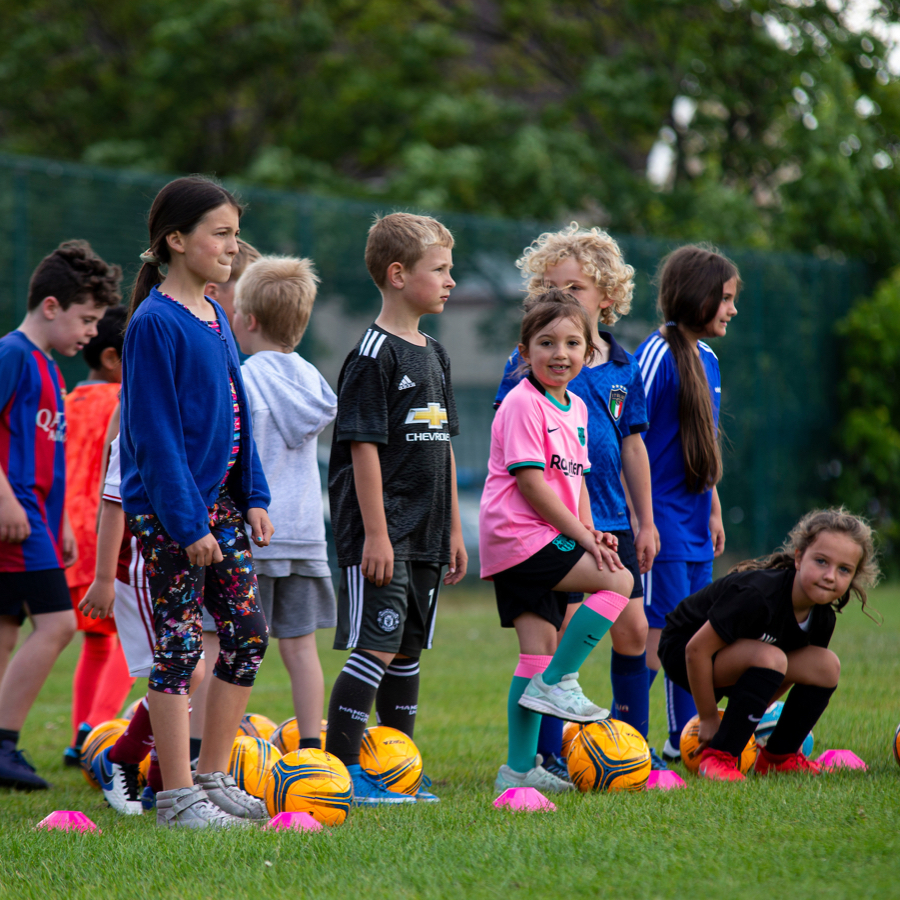Understanding the barriers
We must understand what the barriers to inclusion look like so we know how we can work to overcome them.
Attitude is often one of the biggest barriers to developing inclusion and diversity. A positive and open attitude can help in making inclusion and diversity a reality.
Negative attitudes toward inclusion and diversity are often due to fear, misconception and ignorance and attitudes are influenced by culture, religion, gender and age, which is why implementing an education programme covered in step 2 is integral to breaking down barriers of negative attitudes and misconceptions of different groups or cultures.
In addition to attitude, there are many barriers to participation in football, particularly for underrepresented groups.
Some examples are:
- Access to appropriate facilities.
- Financial costs to participating.
- Lack of awareness of opportunities and opportunities available for everyone and their individual needs.
- Lack of visible role models.
- Attitudes of community.
- Discriminatory abuse (including fear of receiving).
Whilst this is not an exhaustive list these are examples of issues that prevent people from joining a Club and having the opportunity to participate in football.



